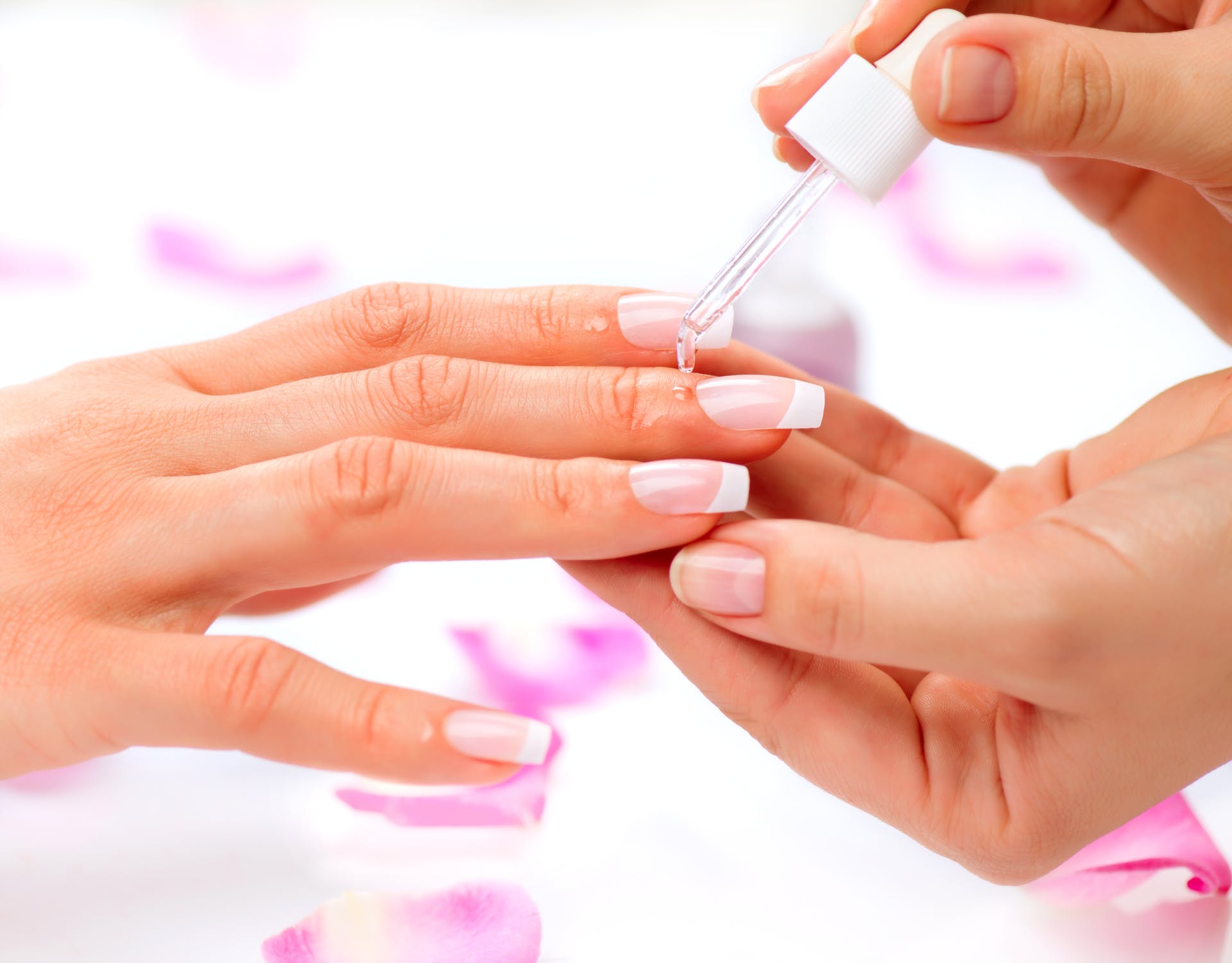
Examine the changes that occur in your skin and nails as a result of seasonal weather and learn how to maintain their health.
You may have noticed that the skin and nails of your clients change with the seasons. Even in climates that experience minimal temperature changes, there can be problems. In the arid climates found on the West Coast the skin retains less water than those in humid climates such as the Southeast. Researchers have found that climate can affect the rate of aging. Skin in dry climates is less elastic than skin in humid environments, and develops wrinkles and fine lines more quickly. Temperature changes can also affect the nail care needs of your clients.
Winter nail care: How to maintain healthy nails
Winter services are in full swing when the temperature drops, and you see people lining up to soak their feet in the hot, soothing water of a pedicure bath. The chilly temperatures are responsible for most of the changes in nails and skin you notice this time of year. Ella Toombs, dermatologist at DuPont Circle, Washington, D.C., says that colder temperatures cause less humidity, which causes dryness.
You can help your clients protect their nails from winter and fall damage by moisturizing them with food-grade oils such as olive or vegetable oil. Diane Gibbons is a 17-year nail technician and owner of Diane Gibbons Nail Salon, located in Yarmouth Port Massachusetts. She advises clients to apply olive oil to their toenails frequently to prevent dryness. If the client is experiencing dryness on her cuticles and fingernails, I recommend that she soak her nails and cuticles in warm olive oil a few days prior to her manicure. Olive oil can be a wonderful solution for dry, cracked nails.

Don’t forget to protect your skin from harsh winter conditions. Offer hydrating manicurists and retail products for clients to use at home.
Barbara Reed, dermatologist and clinical professor of Dermatology at The Denver Skin Clinic in Denver, explains that “the purchase of an article tends to encourage its use.” Reed suggests that clients use a thick cream and put on wet cotton gloves, then cover their hands with plastic bags or plastic gloves. This will help to increase absorption. This can be left on for several hours or overnight.
Toombs says that applying a thick cream nightly to the hands, cuticles and nails is an effective way to treat dry skin. This acts as a barrier, a sealant on the skin to prevent moisture loss. “A product will not add moisture to the skin, but it allows it to retain what it already has,” says Ms. She.
Reed says that severe symptoms such as redness or skin cracking may require that your client see a dermatologist. So, make sure to alert them to any unusual skin conditions.

